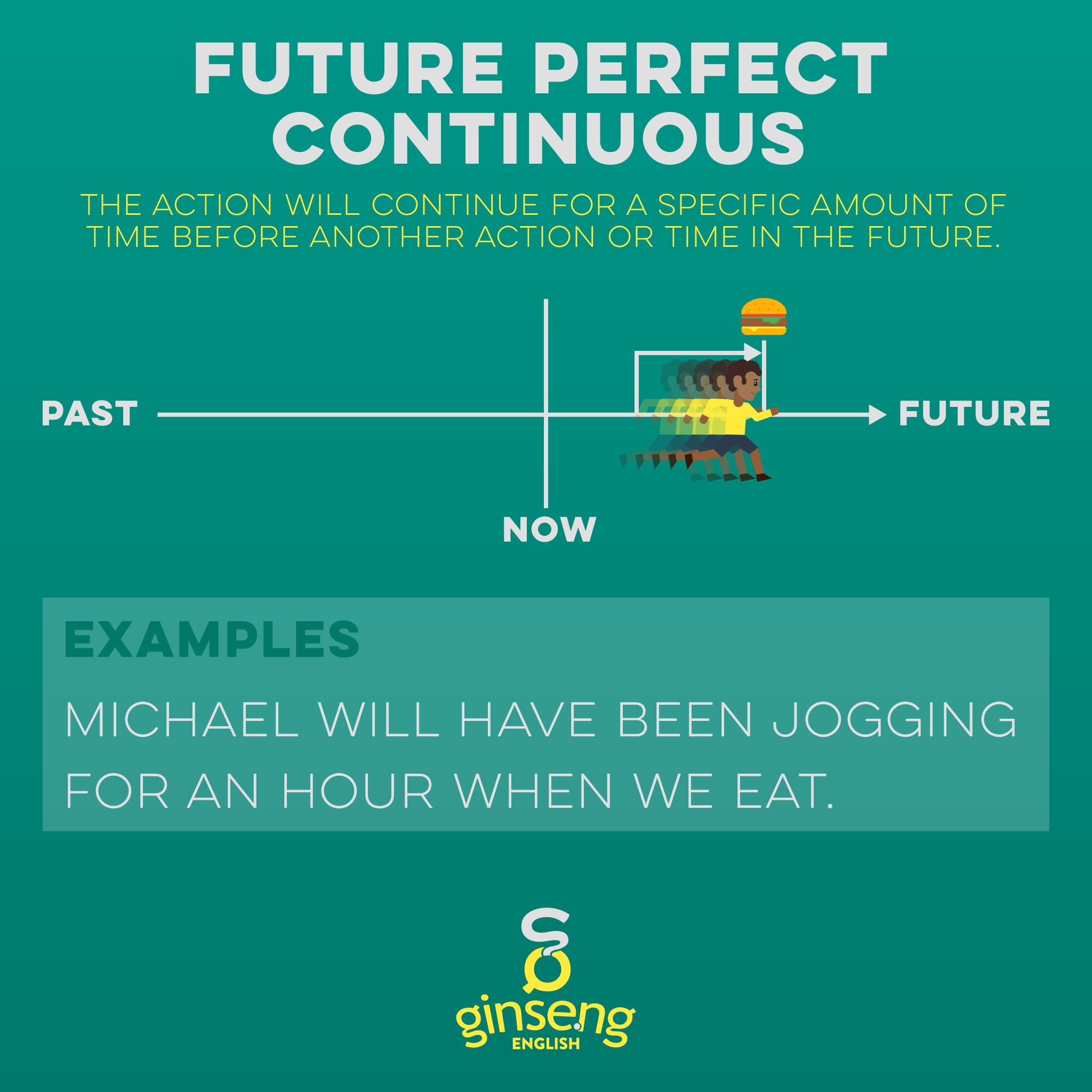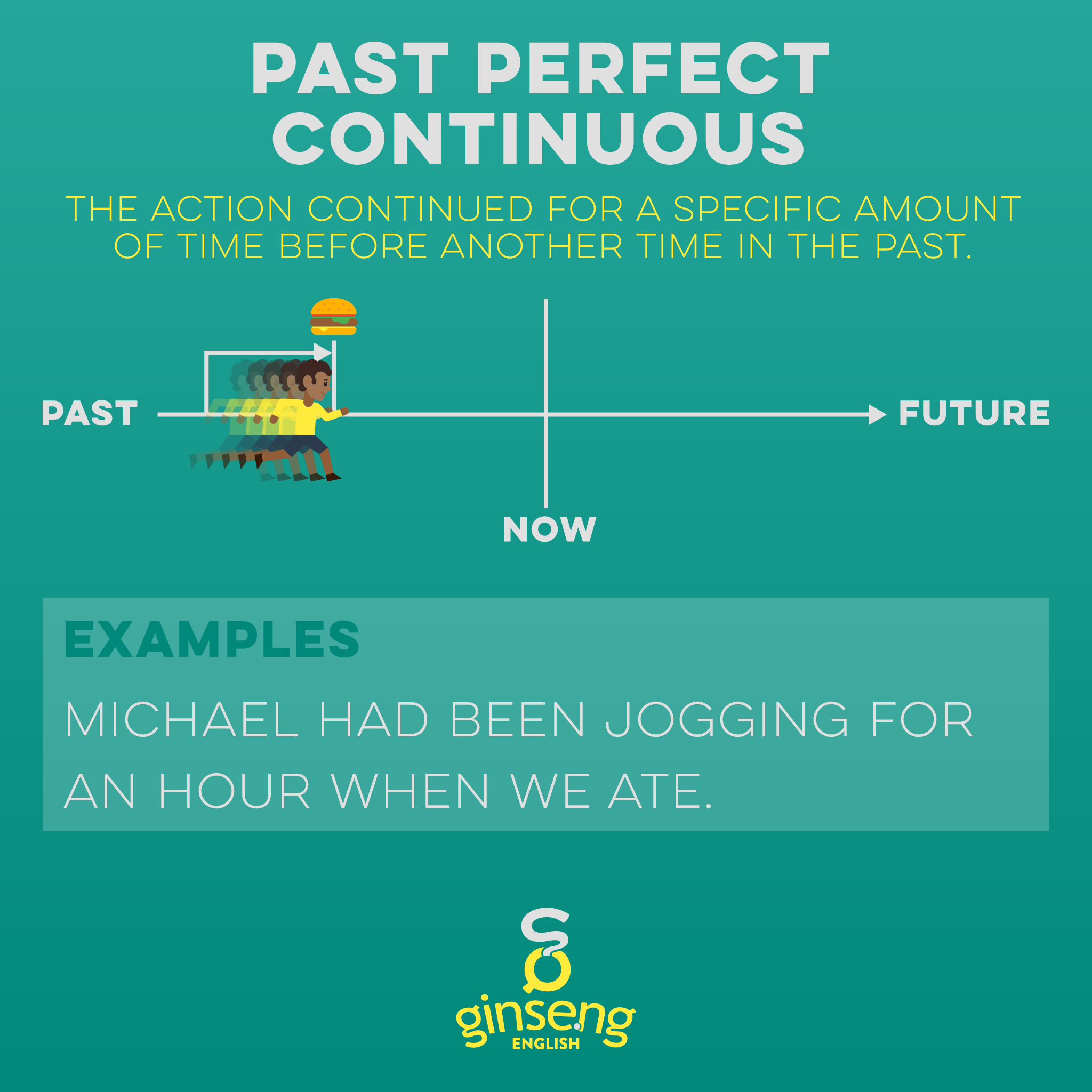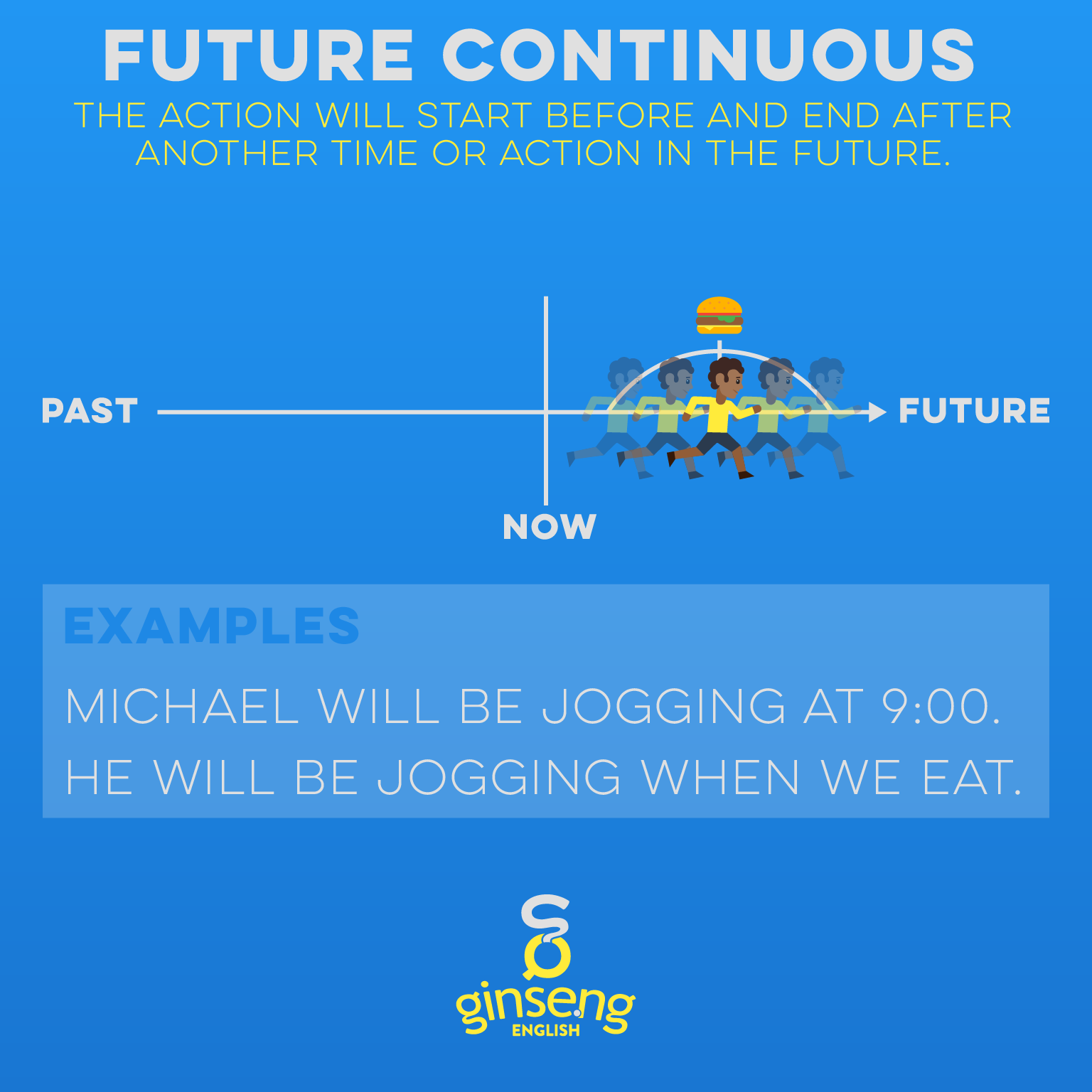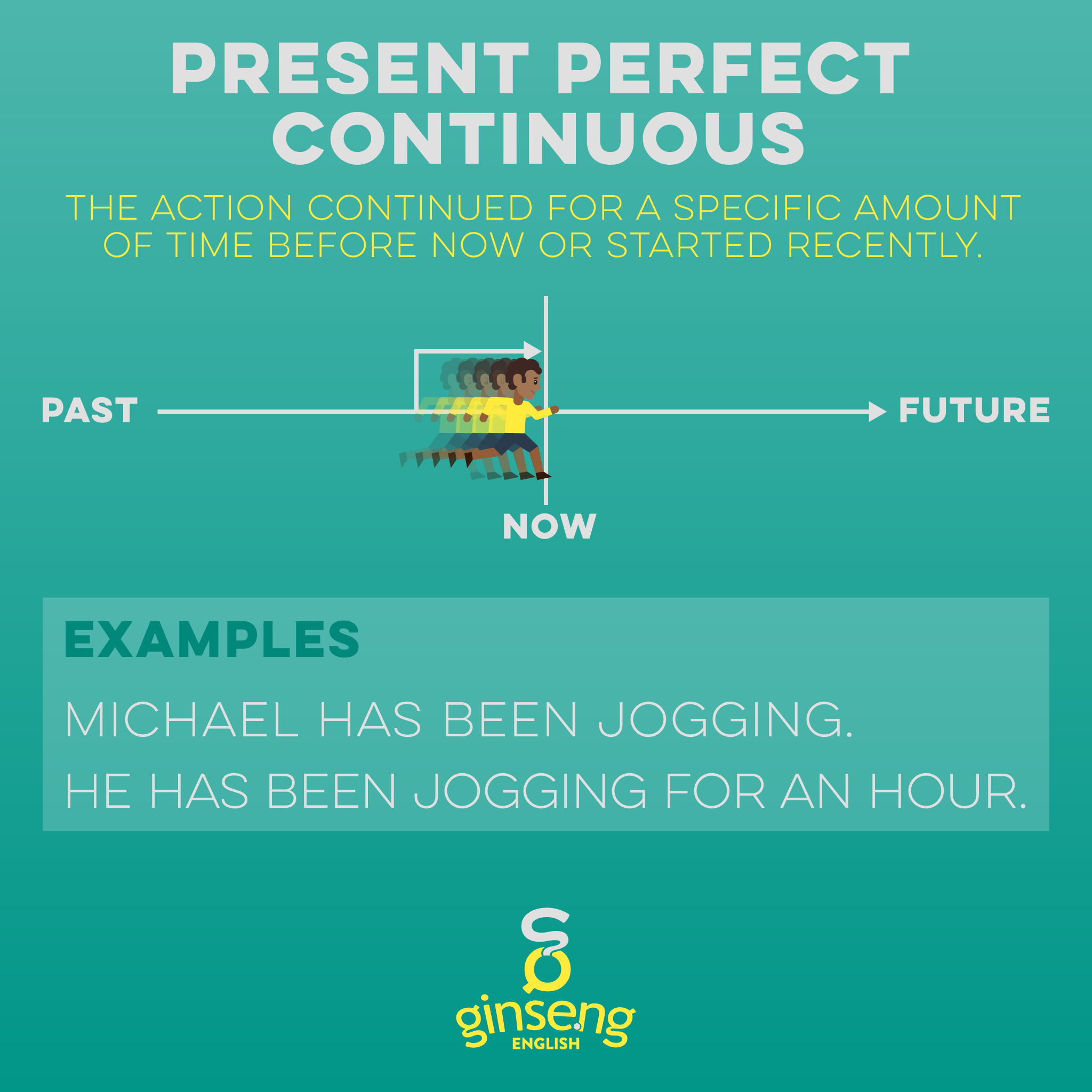The present perfect is a very common—and sometimes very confusing—verb form. The present perfect is the fourth most common verb tense in English (the simple present is most common, followed by the simple past and simple future). About 6% of verbs in spoken English are in the present perfect tense.
The reason this verb tense so confusing is that it connects two times, the present and the past. Let's look a little more at how we use the present perfect.
USING THE PRESENT PERFECT TENSE IN ENGLISH
Actions described using the present perfect actually happened in the past. Read that carefully. The verb tense is called the present perfect, but the action is not in the present; it happened in the past. See the illustration below.
Chart for Present Perfect Tense In English
Why do we use a present tense verb form to talk about an action that happened in the past? Because we are not focusing on the action, but on the fact that we now have the experience of that action. For example, if I went to Paris 10 years ago, the action is finished, but I still have the experience now, so we can make this sentence:
I have visited Paris.
There are many words that signal that we should use the present perfect. When you use already, yet, never, and ever, you generally want to use the present perfect.
The examples below illustrate the rules for how we generally use the present perfect tense.
EXAMPLES OF THE PRESENT Perfect TENSE
Here’s an example to help understand.
My friend Claire says, “I just got this new book, and I started reading it last night. It’s strange. I don’t know if I like it.”
Then I say, “Oh! I have read that one. It starts off strange but it gets better.”
Notice that verb in the present perfect: I have read. I read the book in the past. But we are not talking about the past when I read the book. Claire is talking about reading the book now. I use the present perfect to connect my experience with what Claire is talking about. When I say “I have read that one,” I’m saying “I have that experience,” so I can talk about it with you, now, in the present.
To connect one’s experience with the current situation (later verbs are in the present tense):
I’ve been to Colombia. I could give you some tips.
This candidate has worked in finance for 10 years. I think she’s a good match for the job.
Present Perfect with For and Since
When used with for or since, the present perfect tense is a little different. When we use for and since, it describes situations that began in the past and are still true today. Since can be used to specify the time when the situation began.
I have lived in Boston since 2008.
I have studied English since I was a child.
I have had a headache since last night.
For is used to specify a length of time (also called duration).
I have lived in Boston for 10 years.
I have studied English for a long time.
I have had a headache for 12 hours.
Forming the Present perfect
Formula
To form the present perfect, we use the present form of the helping verb have and the perfect form of the main verb.
subject + has/have + perfect VERB
Conjugation
Here is a conjugation table, showing the verb work in the present perfect.
| Singular | Plural | |||
|---|---|---|---|---|
| 1st person | I | have worked. | we | have worked. |
| 2nd person | you | have worked. | you | have worked. |
| 3rd person | he | has worked. | they | have worked. |
| she | has worked. | |||
| it | has worked. | |||
Other Forms of the present perfect
Questions
In the present perfect, you will always use have (or has) as your helping verb. To form a question, put have before the subject of the sentence.
Have you visited Paris?
Has she been healthy?
How have you been?
What have you studied?
Negative Sentences
When forming a negative in the present perfect, not goes between the helping verb (have or has) and the main verb.
I have not visited Paris
I haven’t been bad.
The Passive Voice
To make a passive sentence in the present perfect, use be in the present perfect (has been, have been) and then the perfect form of the main verb.
My package has been delivered already!
You have been selected for a special offer.
Notes
Based on a study by Kramsky (1969), the present perfect accounts for about 6% of verbs in spoken English.
When using already and yet, verbs should generally be in the perfect form.
As you may know, English speakers can be a little lazy about the present perfect. In many casual situations, we just use the simple past instead, and ignore the pattern described above. You may choose to do the same. For example, if I just said to Claire, “Oh! I read that one.” it would have been okay, too. But this is only in conversation. In formal writing, using the simple past in place of the present perfect sounds inappropriate and sometimes even confusing. For example, when a journalist announces a new technology or invention in the news, it is typical to use the present perfect (because the important thing is that this technology now exists):
Google has developed a self-driving car.
Using the simple past in this case would be inappropriate.
CHECK OUT THESE OTHER FREE GRAMMAR RESOURCES:
Related Content
Contractions in English







